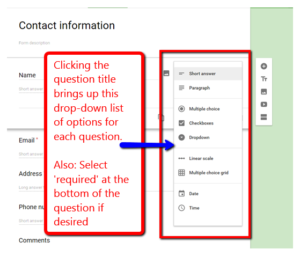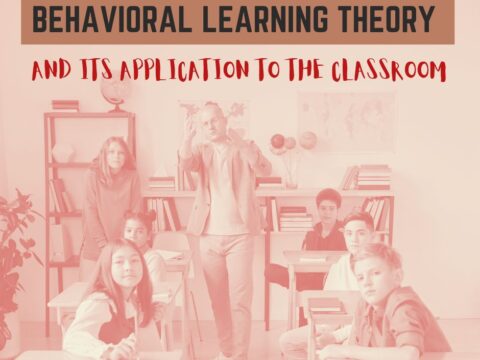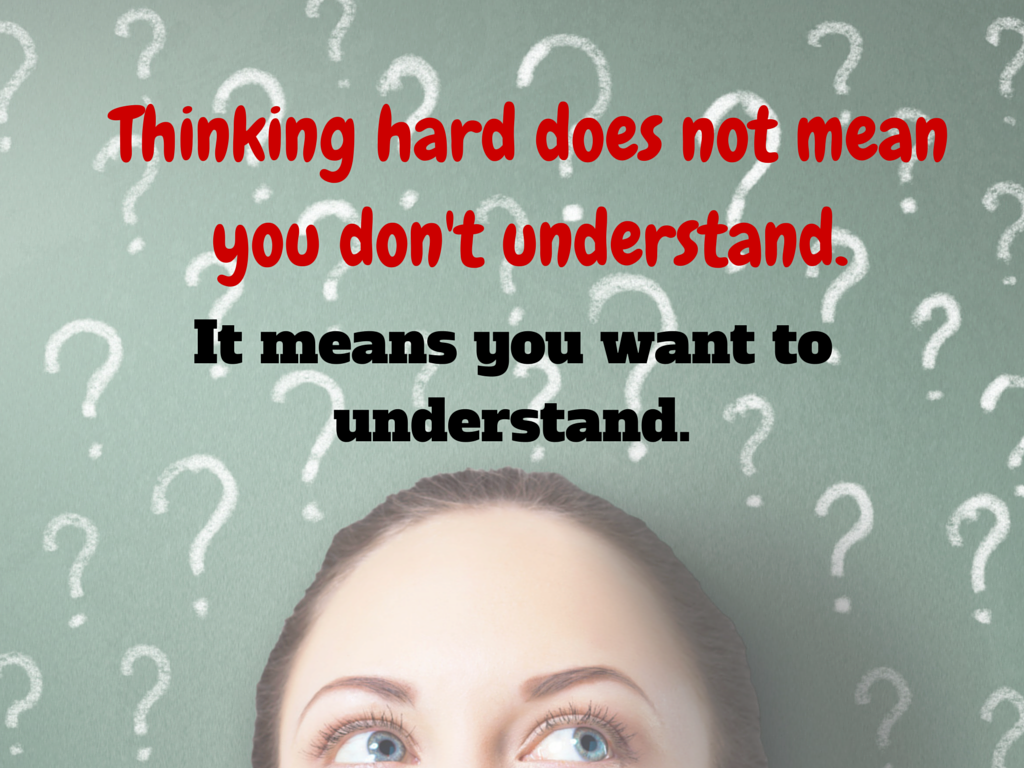 Each year, the world produces more than 300 million tons of paper. According to the U.S. Environmental Protection Agency, paper typically found in a school or office environments such as copier paper, computer printouts, and notepads, comprise the largest category. Mitigating the use of paper has long been a goal for schools. Every year, a prodigious number of lesson plans center around dwindling rainforests, the shrinking world forests, and the ever-growing waste associated with paper.
Each year, the world produces more than 300 million tons of paper. According to the U.S. Environmental Protection Agency, paper typically found in a school or office environments such as copier paper, computer printouts, and notepads, comprise the largest category. Mitigating the use of paper has long been a goal for schools. Every year, a prodigious number of lesson plans center around dwindling rainforests, the shrinking world forests, and the ever-growing waste associated with paper.
Now, beyond the moral and ethical persuasiveness of a paperless classroom, there is compelling evidence that the time is right to eliminate paper from the classroom:
- the high cost of printing: Yale University noted that “Every 2.5 minutes, a ream of paper was ordered.” No surprise that schools who go paperless experience huge savings in the cost of buying and repairing printers as well as the investment in all the fancy printing papers required for newsletters, class projects, announcements, and more. Who would argue about investing these vast savings in faculty salaries, student services, or reduced tuitions?
- reduced waste: Most of those tons of paper end up in the trash. We want them to be recycled but studies show that despite best efforts, about half of used paper isn’t. Schools who replace paper with a digital distribution of newsletters, announcements, homework, and anything else possible may not increase recycling but do dramatically reduce the amount of paper they use. The results? Among schools who push digital over paper, most report that only about 5% of their usual amount of paper ends up in the trash. Who wouldn’t love that number?
- saves time: Every teacher knows how much time they spend copying, stapling, sorting, and then searching for lost documents. An increasingly-popular alternative is to upload a document to the computer, server, or cloud and push it out electronically. No copying, stapling, sorting, or losing templates. No last-minute “I forgot to print this”. Yes, digital files do get lost but that’s a story for another time.
- increased organization: All those permission slips, AUPs, and exams can be curated into a digital file folder that is backed up automatically and never lost (“never” being a fungible sort of word). Teachers no longer find themselves frantically searching for misfiled records or the approvals required before a field trip. Instead, they access the digital file folder. If it’s not there, most of the time, a universal search on the school server will find the document. Anecdotal experiences (no studies yet on this topic) indicate that teachers who file digitally rather than in paper file folders lose fewer documents.
- security: Digital files aren’t lost to floods or fires. Even if the server crashes or corrupts, every school I know has backups. No data is lost; just the equipment.
Three years ago, I wrote about going paperless in your classroom but much has changed. Today, replacing paper with a digital distribution is common. Newsletters go home via email. Homework is posted to classroom websites. Student portfolios are rarely manila file folders. In fact, many education experts predict that the printer will soon disappear as a critical tool in the classroom.
Here are four easy approaches to remove paper from your classroom:
Digital whiteboard
A digital whiteboard is when you project an online whiteboard to your class screen and then use it as you would the one that hangs on the wall in your room. Some teachers wonder why they would do that. It isn’t available when the computer is off; it requires set-up; and what if you want to write a formula? In truth, today’s digital whiteboards are much like your traditional board. You have a variety of pens, colors, and shapes. You can easily insert images to support the lesson. You can project a website that ties in with your teaching. Probably the best reason to use the digital version of a whiteboard is that everything you write on it can be saved and pushed out to student 1:1 devices, LMSs, or digital portfolios.
Popular choices range from free to fee and may or may not require a log-in. Many LMSs (like Canvas) have built-in versions available alongside other classroom management tools. Here are some of my favorites:
- A Web Whiteboard – no login or installation
- Notebookcast – a free multiuser collaborative whiteboard that runs from your browser
Ebooks
Assigning a book to your class that everyone must then purchase is not only expensive, it’s inequitable. For some, those costs challenge a family budget. If you have a book you want students to read, check to see if it’s available on one of the many online free libraries and let students know they can use it there. Ebooks have no concern about the “latest edition” because they’re automatically updated. Ereaders are often free from the ebook provider (like Kindle) and PDFs can be read on almost every platform.
Here are some of my favorites:
- Bookopolis – focused on student reading
- Class Literature
- Great Books Online — by Bartleby
- International Library
- Internet Archive — over 12,000,000 freely downloadable books and texts
- Librivox – free public domain audiobooks
- Online Books Page
- Open Library
LMS
Most LMSs (Learning Management Systems) make it easy to trade paper for digital. The good news: Most schools now use LMSs be they Google Classroom, Canvas, or another. Through your LMS, you’ll find it easy to:
- digitally create and push out assignments
- digitally submit homework
- post announcements, newsletters, and class newspapers
- hold classroom discussions where students share ideas and research
If you’re new to an LMS, start with these four activities. Check back next year and I’ll have more ideas for you.
Online exams
Exams used to be pages of black-and-white paper. There was limited space to write an answer. The test might be two-sided and good grief — don’t forget that second side! If you make a mistake and your eraser wasn’t up-to-snuff, the teacher might not realize you knew the answer. The final indignity: If your lead broke — or the entire pencil — it could ruin everything.
Now, exams are increasingly available online. That means you access them from the Internet (or a dedicated server). Space for an answer isn’t limited to a little square with lines on it, and erasures are a simple backspace. If the computer stops working (akin to a broken pencil), the teacher fixes that for you. With a minimal amount of set-up time, almost any quiz can be offered digitally. If you haven’t tried this before, look into Google Forms and Socrative. You’ll be surprised and happy.
Online exams require no print and no day-ahead preparation. Because there is so much variety in these, they can be formative or summative and pretty much everything in between.
***
These ideas are far from what most adults remember in the schoolroom of their childhood. Still, they are only a start. What paper-to-digital ideas are you using in your school?
Jacqui Murray has been teaching K-18 technology for 30 years. She is the editor/author of over a hundred tech ed resources including a K-12 technology curriculum, K-8 keyboard curriculum, K-8 Digital Citizenship curriculum. She is an adjunct professor in tech ed, Master Teacher, webmaster for four blogs, an Amazon Vine Voice, CSTA presentation reviewer, freelance journalist on tech ed topics, contributor to NEA Today, and author of the tech thrillers, To Hunt a Sub and Twenty-four Days. You can find her resources at Structured Learning.




































3 thoughts on “It’s Time to Make Your Classroom Paper-free”
Comments are closed.